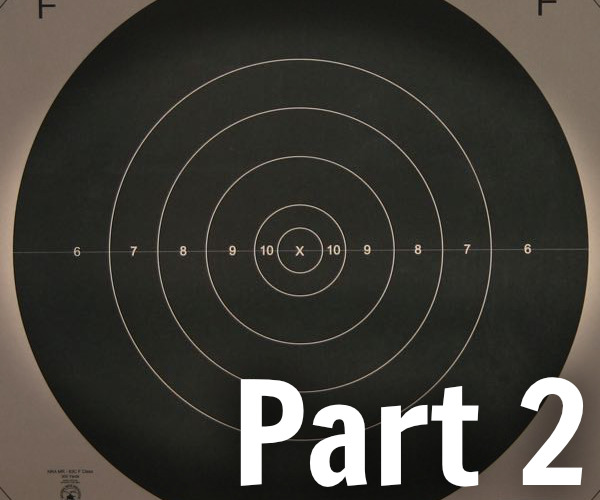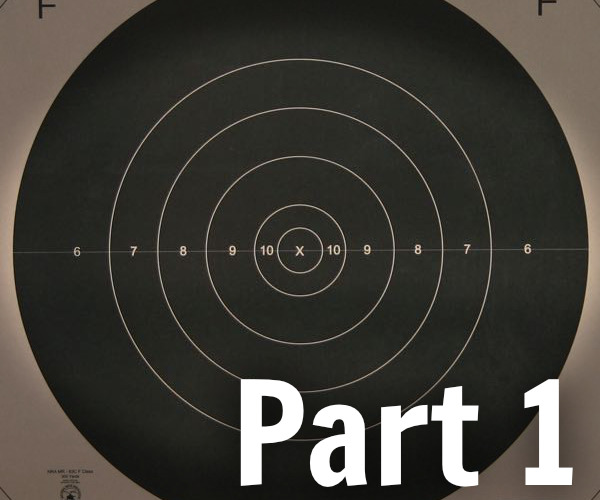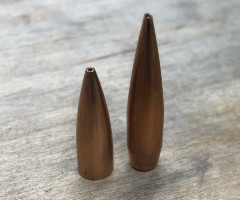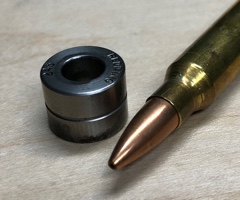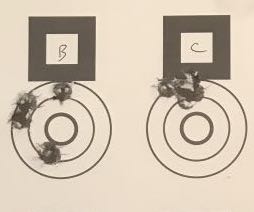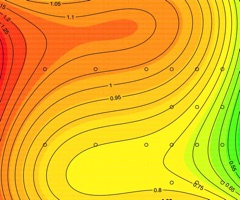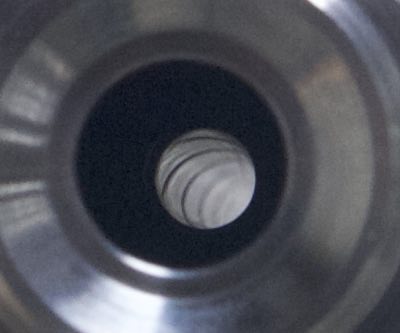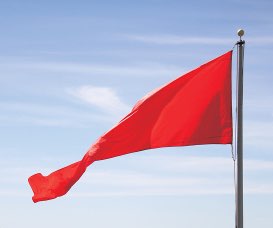ChargeMaster 1500 Powder Scale and Dispenser Combo
By Damon Cali
Posted on June 06, 2016 at 03:52 PM
Initially, we're drawn to reloading for two very good reasons - economy, accuracy, and control. The significant discounts to factory ammunition are obvious, and since you have such fine grained control over the process, you can hand tune your loads to shoot well out of your rifle. You can load up the newest, best high BC bullets and wreak havoc on your competitors. (That's the theory at least...)
But all that power comes at a cost. A very hefty cost levied in the form of time and tedium. It always has been and always will be easier to buy factory loads that it is to make your own, but innovation being what it is, we've come a long way in the quest to ease the burden of reloading. Whether it's progressive presses, bulk annealing machines, power case trimmers, or the newest powder dispensing contraptions, someone somewhere has made something to make your life easier.
In this article we're going to review the RCBS ChargeMaster. At the time of this writing, it's the "go to" automatic powder dispenser on the market (at least as far as mass production is concerned). At a significant cost premium to a reasonably high quality scale and manual powder measure, the question is always "is it worth it?". To answer that question, we'll look at three factors - speed, accuracy, and the alleviation of tedium. But first an overview of the device.
RCBS ChargeMaster Overview
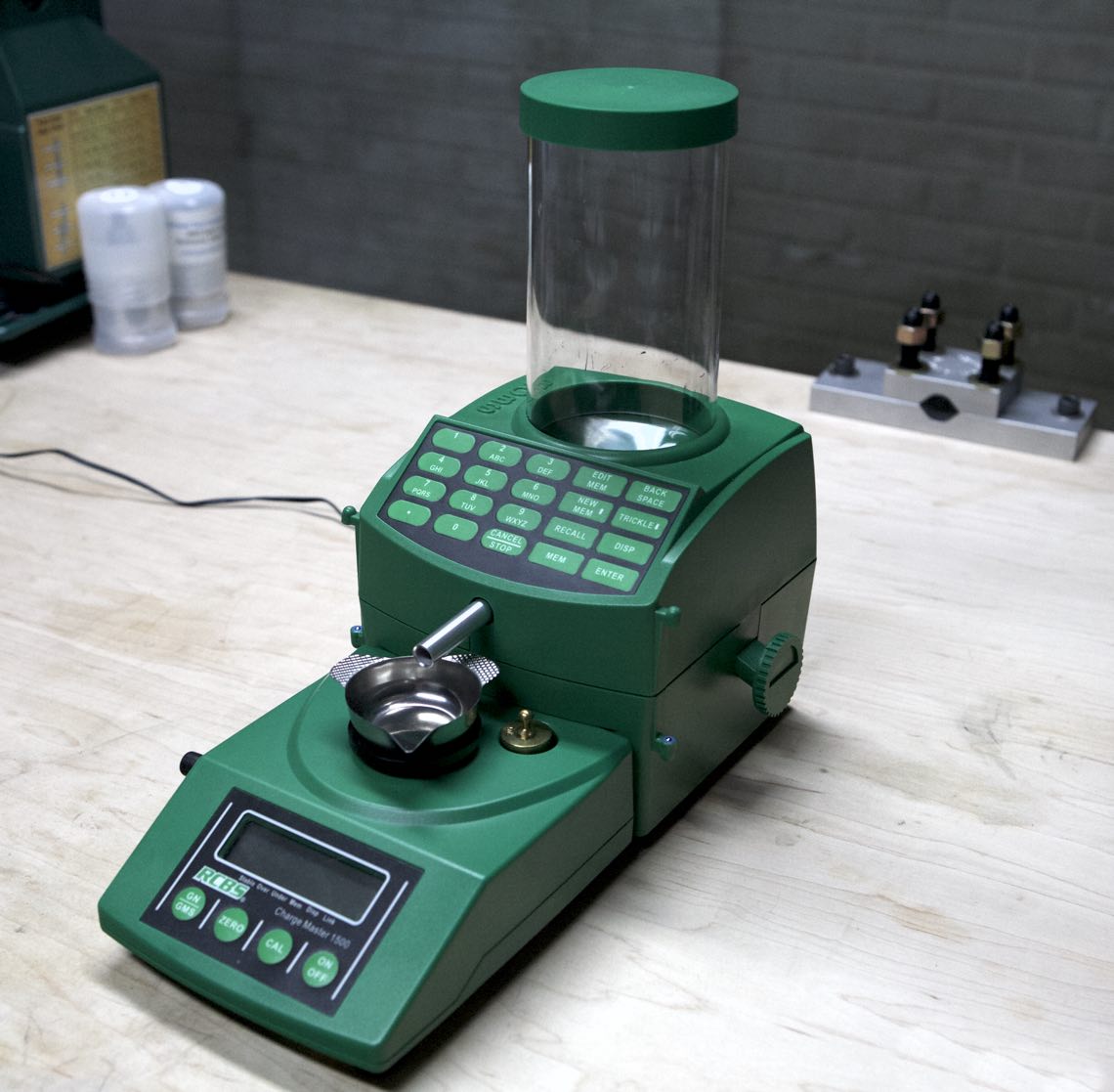
The ChargeMaster is actually two separate devices - a digital scale and an electronic, programmable powder measure. The two pieces are screwed together and connected electrically via a connector. A single power cord delivers wall power to the combined unit. You can purchase the scale and the powder measure separately, but you can't use the powder measure without the scale. The scale functions just fine on it's own. So if you're new to reloading and looking for a digital scale, but aren't ready to jump up to a ChargeMaster, you can buy the scale first, and upgrade later.

Using the ChargeMaster is pretty straightforward. You fill the plastic reservoir with your powder of choice - ALWAYS remembering to close the dump port first - you will only forget to do this once. I, on the other hand, somehow manage to forget about half the time. Then calibrate the scale, select a cartridge or enter a charge weight, and hit the dispense button. About 15-20 seconds later, you should have a precisely weighed charge waiting to be dumped into your case.
How does it know how much powder to dispense? There are two ways - you can pre-program your loads or you can just enter the weight target. Once a load is in there, you can recall it by name with the keypad. In a nod to safe reloading practices, it will save the powder and bullet weight along with the charge weight for each of the loads you enter. While not overly difficult, the whole programming process feels a little bit like setting a cheap digital watch. Doable, but not pleasant. Thankfully, you only have to do it once.
To enter the charge weight manually, you just enter the number and press the "Enter" button.
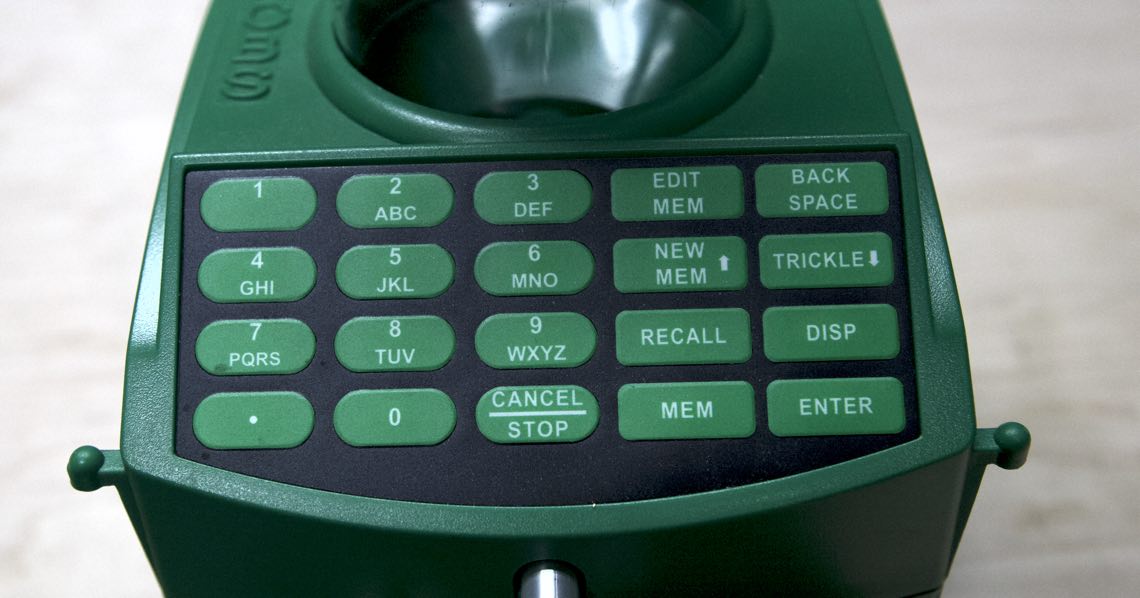
When you're finished for the day, there is a port on the side of the unit that you can dump any remaining powder out of. As I said before, it's very easy to leave this open. If you do, you're in for a hell of a mess when you start your next reloading session.
There are some additional features, like manual trickling (just push and hold the trickle button), and you can always use the scale like any other digital scale, but the reason this product exists is to make measuring precise charges as fast an easy as possible.
Accuracy, Speed, and the McDonalds Straw Trick
First, I'm going to make an assumption that you want to throw charges as accurately as the scale can measure them. That is, if you want 39.0 grains, and the scale says 39.1, that's an overcharge. 38.9 is an undercharge. Given the focus of this site on long range shooting, I think that's a fair assumption. Note that that does not mean that the ChargeMaster scale is as accurate as its resolution may lead you to believe. The specs merely state that it's accurate to +/- 0.1 grains, which is good and acceptable accuracy, but not as good as a more expensive lab-grade scale will deliver. A set of check weights indicated that my ChargeMaster is at least as accurate as it's specs - never showing so much as a tenth off of the known weight.
So how fast is the ChargeMaster? How accurate? Well, it depends. Before we get into the specifics, there is a detail in the design of the ChargeMaster that needs some explanation. When the powder measure is dispensing powder, it does so through a spinning aluminum tube The faster the tube spins, the more powder comes out. The dispenser starts out spinning very rapidly, and then slows down as the target charge weight is approached. The final trickle is just a blip every second or so. This video shows the ChargeMaster dumping a charge of about 24 grains of Varget.
To aid in getting the kernels of powder out of the tube, the final quarter inch or so of the inside of the tube is threaded. The threads help push the powder out of the tube rather than just sitting there tumbling inside the tube.
Why does this matter? Because some powders tend to clump up in the threads, and when the bunch is pushed out the end by the threads, you wind up with an overweight charge - sometimes as much as .3 or .4 grains. You get pretty good at picking out a couple tenths of powder, because it happens frequently.
I don't know who came up with this, but somewhere, someone with some unhealthy eating habits and a long range rifle hobby noticed that straws at McDonalds are almost exactly the same diameter of the dispensing tube on a ChargeMaster. If you cut a one inch section of straw and stuff it in the end of the tube, you will cover the threaded part of the tube, which can greatly reduce the occurrence of "clumping" and overcharges.
I'm a naturally skeptical sort of guy, so I had my doubts about this straw trick, but after trying it, it did indeed reduce the frequency of overcharges significantly. But alas, the folks at RCBS are not so dim as to miss an obvious modification like this. As with anything in engineering, there is always a trade off. In this case, it's overall speed. Depending on the powder being used, and the charge weight being thrown, you may or may not get better results with the straw trick. You simply have to test it to see. Consider the following data. As you can see, there is a significant slow down to using the straw, and you may or may not get a significant reduction in overcharges.
| H4350 (stock) | H4350 (straw) | N540 (stock) | N540 (straw) | |||||
|---|---|---|---|---|---|---|---|---|
| Time | Overcharge | Time | Overcharge | Time | Overcharge | Time | Overcharge | |
| Average | 15.7 sec | 0.13 gr | 22.0 | 0.01 | 19.4 | 0.02 | 28.1 | 0.02 |
| Min | 8.6 sec | 0.0 gr | 14.2 | 0.0 | 8.6 | 0.0 | 16.7 | 0.0 |
| Max | 23.4 sec | 0.4 gr | 28.5 | 0.1 | 26.3 | 0.2 | 40.8 | 0.2 |
| % of Charges Overcharged | 71% | 5% | 11% | 17% | ||||
The above data is for two different powders - H4350 (39.0 grains) and N540 (24.3 grains). The first thing to notice is that when using H4350, overcharges were dramatically reduced by using the straw - from over 70% down to about 5%. Also notice that the average time to throw a charge increased by about six seconds. In a hypothetical 100 round loading session, that's 10 minutes. Is it worth slowing down by 10 minutes to avoid picking a couple grains out of 70% of the charges? I don't know. But for H4350, the straw seems like a good trade off to me.
But look what happens with N540. Charge time increased by almost 8.5 seconds per round (14 minutes per 100 rounds), and overcharges actually increased.
Bottom line, don't assume the straw helps - test it for every powder you use.
To see why the reason the straw helps (sometimes) the overcharges, you have to observe the machine work. The ChargeMaster starts off spinning rapidly, dumping powder quick into the tray. At certain weight thresholds, the machine slows down progressively until it's barely crawling for the final trickle. By preventing clumping, the straw can dramatically increase the amount of time spent at the lowest speed, adding several seconds to the process, but increasing overall accuracy.
It also turns out that you can program the speed thresholds for the unit. If you use your ChargeMaster for a specific load much of the time, it may be worth your time to investigate reprogramming the default settings to eke out a little more speed, especially if you use a McDonalds straw. Unfortunately, the instructions do not cover this, although you can find out how in many places on the web. I won't get into it here because I haven't had time to really get into what is possible, but from what I have seen so far after a couple seasons of using the ChargeMaster, it's my opinion that it will be tough to substantially improve on the factory settings. That said, I wouldn't be surprised if you can do a little better if you like to tinker with that sort of thing. It may be worth while for high volume reloaders to shave a couple seconds off of each round.
So rest assured that the ChargeMaster comes from the factory configured in a sane manner that will throw reasonably accurate charges reasonably quickly. There is no free lunch, but you can try the McDonalds straw trick if you want to - it may help for your set up. I've found that it's worth the over charges to leave the straw out for my reloading thus far.
Accuracy & Speed - Conclusions
Is it worth it? That's the central question when it comes to the ChargeMaster. Before I got one, I used to use an old RCBS powder measure to throw a charge a couple of tenths light, put the charge on my digital scale, and then manually trickle in the final few tenths of a grain. You can do it in just about the same time it takes the ChargeMaster. The ChargeMaster is not perfectly accurate in its dispensing, so you still have to pay attention and either throw intentionally light charges, or be willing to pick out a few kernels here and there. So is there any gain? Is it worth it?
I think so. It is still a lot easier on the brain to push a button and wait than it is to do it all manually. The cost of the unit is a little more than a scale and powder measure, but not a lot unless you're on a tight budget. In the end, the ChargeMaster is accurate and speedy enough to edge out the old way for me. Do I wish it was more accurate and faster? Yes. Is powder measurement still a major bottle neck in my reloading process? Yes. But it's less tedious, and there's less futzing, so in the end, I use it and recommend it.
Damon Cali is the creator of the Bison Ballistics website and a high power rifle shooter currently living in Nebraska.
The Bison Ballistics Email List
Sign up for occasional email updates.
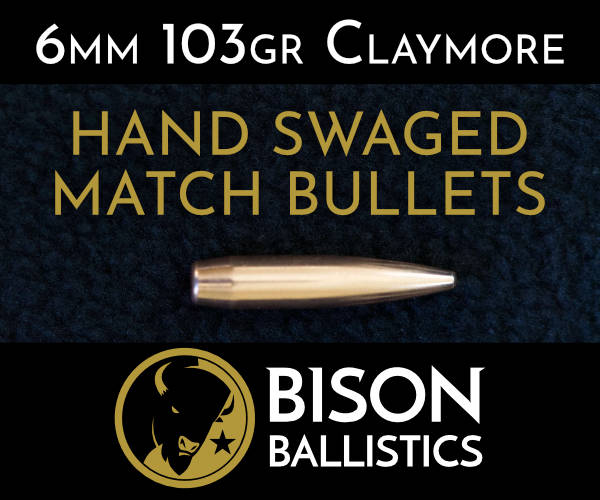

Want to Support the Site?
If you enjoy the articles, downloads, and calculators on the Bison Ballistics website, you can help support it by using the links below when you shop for shooting gear. If you click one of these links before you buy, we get a small commission while you pay nothing extra. It's a simple way to show your support at no cost to you.
